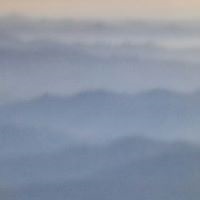What is a pademelon?
Pademelons are small marsupials of the genus Thylogale. They are usually found in forests. Pademelons are one of the smallest of the macropods. The name is a corruption of badimaliyan, from the Dharuk Aboriginal language of Port Jackson (Sydney region).
Pademelons, wallabies, and kangaroos are very alike in body structure, and the three names refer to the three different size groups. Besides their smaller size, pademelons can be distinguished from wallabies by their shorter, thicker, and sparsely haired tails. Like wallabies, they ambulate by hopping.
Red-necked pademelons can be found in the coastal regions of Queensland and New South Wales. In some places their range has been drastically reduced. Red-legged pademelons can also be found in south-central New Guinea. The red-bellied or Tasmanian pademelon is abundant in Tasmania, although it was once found throughout the southeastern parts of mainland Australia. The dusky pademelon lives in New Guinea and surrounding islands. It was previously called the Aru Islands wallaby. Before that, it was called the philander (“friend of man”), which is the name it bears in the second volume of Cornelis de Bruijn's Travels, originally published in 1711; the Latin name of this species is called after De Bruijn.
More Info:
en.wikipedia.org






